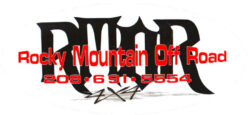Trails
Some of our local Trails and Visiting Information.
Places
To Go
Grand Canyon-Parashant National Monument
Parashant recommends you check the rules at the Arizona State Government UTV link to understand what is required for a UTV to operate on the roads in Arizona.
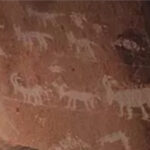
This site displays messages left behind by native tribes that once inhabited Parashant National Monument. Nampaweap, meaning "foot canyon" in Paiute, is thought to have been a passageway used by the native peoples for traveling from the Grand Canyon to the higher elevation ponderosa pine forests. Thousands of petroglyphs marked into the smooth surface of basalt rock are thought to be a record of events, memories and stories of ancestors who had once passed through this canyon. Please respect this site and do not destroy, damage, or deface the petroglyphs by touching or walking on them.
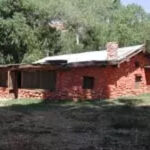
Fed by multiple springs, Tassi Ranch, may have been an important waypoint for Native Americans and American settlers, explorers and ranchers. By the mid 1930's the informal use of the springs led to construction of reservoirs, irrigation ditches and a house and outbuildings clustered around the spring. These historical structures illustrate how dependent ranchers and homesteaders modified the natural landscape of the desert to create sites for agriculture and settlement in a harsh and remote environment.
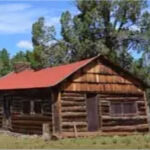
Horse Valley, the original headquarters of Waring Ranch, was homesteaded by Jonathan Deyo "Slim" Waring in the mid 1920's. Waring acquired even more land by purchasing others' improvements, filing for water rights and buying tracts of land containing water as they became available, gradually building up control of the grazing rights to the entire Kelly Point plateau. By the mid 1960's Waring was the largest private land owner on the Strip, owning 13,000 acres of land and holding three grazing allotment permits.
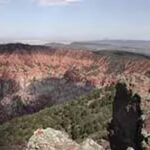
Located in the Mt. Logan Wilderness, amid pinyon-juniper woodlands, Hells Hole is a naturally eroded ampitheater that displays the colorful nature of the Moenkopi Formation.Lacking a basalt cap, Hells Hole was created from erosion of the soft sandstone resulting in topography of high relief, rounded cones, steep slopes, abrupt rims, and several areas of gentle sloping terrain.
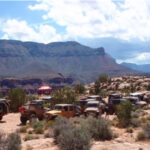
At 3,000 vertical feet (915 m) above the Colorado River, the sheer drop from Toroweap Overlook offers a dramatic view. The volcanic cinder cones and lava flows in this ancestral home of the Southern Paiute people make this area unique. Situated below the iconic rim of Grand Canyon, a visit to Tuweep provides an opportunity for an uncrowded, rustic, and remote experience. Access is challenging and demands skill at negotiating difficult roadways. Summer brings monsoonal rain and lightning. Winter includes rain, snow and freezing temperatures. Be ready for quickly changing conditions.
Grand Canyon-Parashant
[pdf-embedder url=”https://rockymtnoffroad.com/wp-content/uploads/2022/04/PARAmap-2.pdf”]
